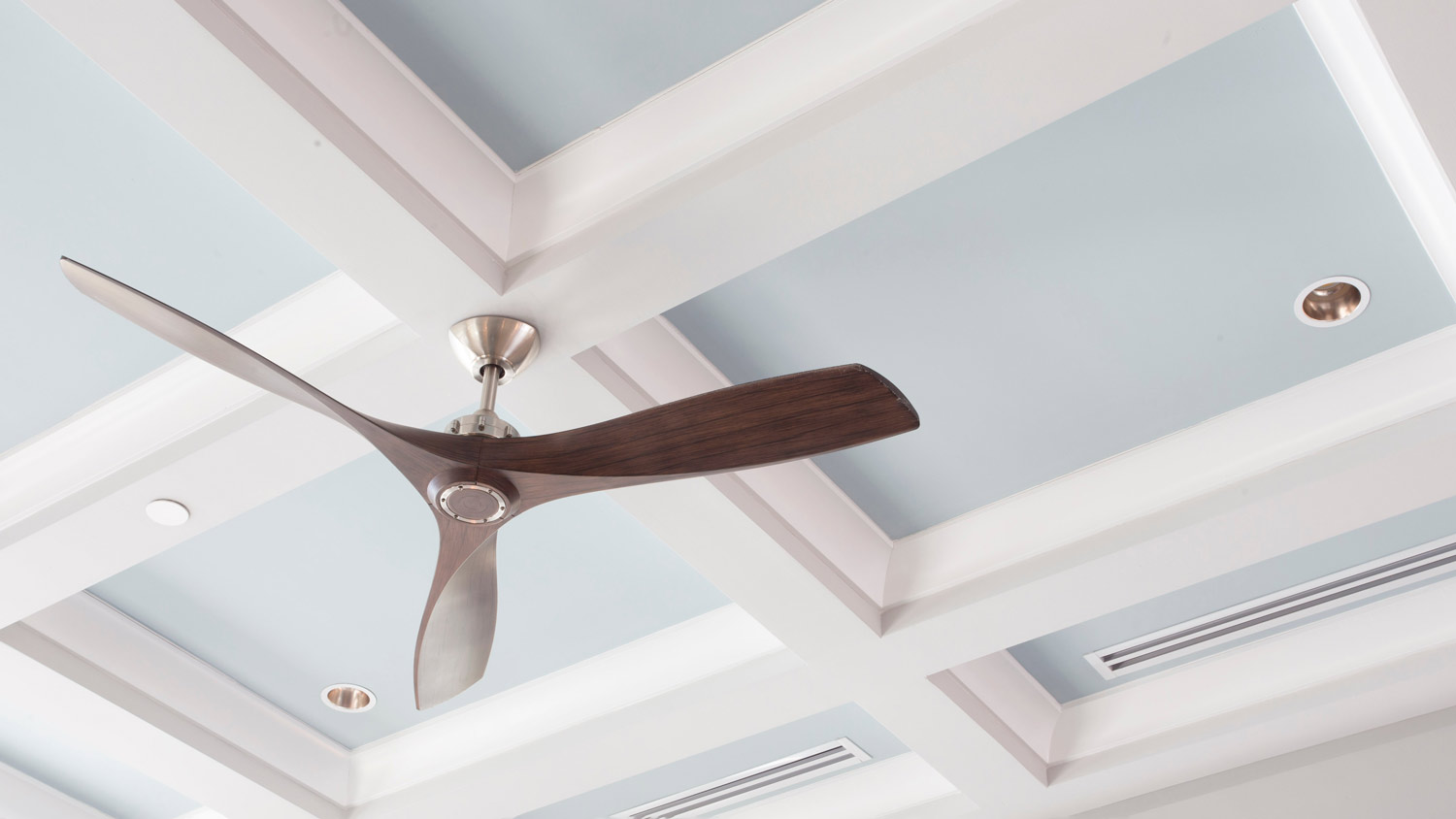
Wondering who to hire to fix a sagging ceiling? See who to call—contractor, handyman, or drywall pro—and what costs to expect
Plaster repair costs an average of $3,840


Plaster repair costs vary significantly depending on the issue, but the average price for repairs is $3,840, ranging from $1,500 at the lowest end to $9,000 at the highest.
Expect labor to make up the biggest slice of your total bill.
The most expensive types of plaster repair are for severe water damage (especially if mold is present), sagging ceilings, and crumbling plaster.
Proper repair by a plaster professional helps maintain structural integrity and can enhance your home value.
This article was updated using automation technology and thoroughly reviewed for accuracy by HomeAdvisor Editor Ryan Noonan.
The average cost of a plaster repair is $3,840, with most projects falling within the range of $2,000 to $7,200. This works out to an average of $48 per square foot. What you’ll pay to repair plaster comes down to the damage type, area size, materials, and labor. Setting a realistic budget and hiring a qualified professional helps you protect both your project and your wallet.
Your final price for plaster repairs hinges on the kind of damage you’re dealing with. Labor is the biggest cost when it comes to repairing plaster, as the task is comparatively time-consuming, and the cost of materials is fairly low. As with all home improvement projects, it's also smart to work a buffer into your budget for unplanned repairs. Here’s a closer look at how your total plaster repair cost breaks down.
Material prices swing widely from one job to the next. The price you'll pay for materials depends on the quantity of each material needed, which is determined by the extent of the issue you're repairing.
| Material Type | Average Cost (Materials Only) |
|---|---|
| Plaster | $60 |
| Joint compound | $12 |
A five-gallon bucket of plaster costs an average of $60, and you’ll still need joint compound, a putty knife, sandpaper, and other small tools.
Joint compound costs an average of $12 per tub. This type of plaster repair is suitable for large cracks and holes, although it's also a good option for smaller issues if you don't have spackle on hand. For large areas of damage, mesh or metal braces go inside the opening to provide support, structure, and stabilization. The joint compound covers the top, adhering to the support structure beneath. Once dry, it creates a strong, durable finish that resists future cracking.
Plaster repair costs an average of $48 per square foot, depending on the issue being addressed. Minor repairs, such as a few nail holes or hairline cracks, cost $20 to $30 per square foot. Moderately complex issues, such as large cracks or holes, cost $90 per square foot and more, and the biggest jobs, which are repairing the plaster on a ceiling, cost $100 to $120 per square foot.
A local plaster repair expert will measure the entire wall and charge based on its square footage, then fix all issues across the entire surface, leaving you with flawless plaster coverage.
When hiring a plaster repair pro, plan on $55 to $120 per hour for labor. For small jobs, a minimum service fee of approximately $75 may apply.
Set aside 15% of the project cost as a buffer for any unforeseen issues. Although plaster repair is a simple job, as with any task, it can uncover additional problems that you didn't know about. For example, the contractor may uncover mold that requires immediate attention.
Mold remediation costs $1,200 to $3,750, depending on the size of your home and the extent of the mold. If moisture is an issue, your pro may uncover mold that needs quick attention. It's best to tackle mold as soon as possible, catching it before it spreads, as the more mold there is, the more expensive it'll be to remove.
The average cost to replaster walls is $5 per square foot. This is the cost of replastering a bare, prepared surface as if you were plastering a brand-new wall.
You can expect to pay $20 to $120 per square foot for plaster repairs, depending on the type of damage, with simple issues like nail hole repair falling at the lower end of this range. At the higher end are problems like crumbling plaster or a sagging ceiling.
| Damage Type | Cost per Sq. Ft. | Average Price (All-In) |
|---|---|---|
| Cracked plaster | $30 | $85 |
| Hole repair | $22 | $85 |
| Water damage | $100 | $135 |
| Crumbling plaster | $70 | $85 |
| Sagging ceiling | $80 | $100 |
Cracks over 1/4 inch wide are more complex to repair and are therefore more costly. These larger cracks require the insertion of mesh, braces, and fasteners before adding joint compound and can occur due to age, foundation shifts, structural problems, or seismic activity.
The amount you'll pay depends on the size of the hole, whether joint compound, mesh, and fasteners are required, and the extent of texture and finishing work needed.
Repairing plaster suffering from water damage requires a high degree of skill, and the price you'll pay for plaster repair is only one element. If the issue persists, you will need to pay to address the underlying cause of the damage, such as a plumbing leak or a leaking roof. If the wall is still damp or the damage is extreme, you'll need to hire a restoration service.
Crumbling is a common issue with old plaster, resulting from water damage that has dried but not been properly repaired, and due to the property settling. If left unrepaired, so much plaster crumbles away that the holes become too large to be fixed, at which point replacement is the only option.
The higher the ceiling and the size of the sag, the more money you'll pay to fix the issue. If your ceiling is so high that scaffolding is necessary, expect your price to be higher than if you have standard-height ceilings. Sagging ceiling plaster is a fairly common result of water damage, but it can also occur with age or as a result of a settling foundation.
Plaster repair can be a substantial investment, but there are a few ways to make this project more budget-friendly:
Spackle and repaint tiny nail holes or hairline cracks on your own.
Tackle prep work—like removing loose plaster and shutting off any leaks—to trim labor fees.
Hold onto an extra can of paint for touch-ups on repaired plaster to avoid having to repaint the entire wall to match.
Buy materials yourself to sidestep contractor markups.
No place is more important than your home, which is why HomeAdvisor connects homeowners with local pros to transform their houses into homes they love. To help homeowners prepare for their next project, HomeAdvisor provides readers with accurate cost data and follows strict editorial guidelines. After a project is complete, we survey real customers about the costs to develop the pricing data you see, so you can make the best decisions for you and your home. We pair this data with research from reputable sources, including the U.S. Bureau of Labor Statistics, academic journals, market studies, and interviews with industry experts—all to ensure our prices reflect real-world projects.
From average costs to expert advice, get all the answers you need to get your job done.

Wondering who to hire to fix a sagging ceiling? See who to call—contractor, handyman, or drywall pro—and what costs to expect
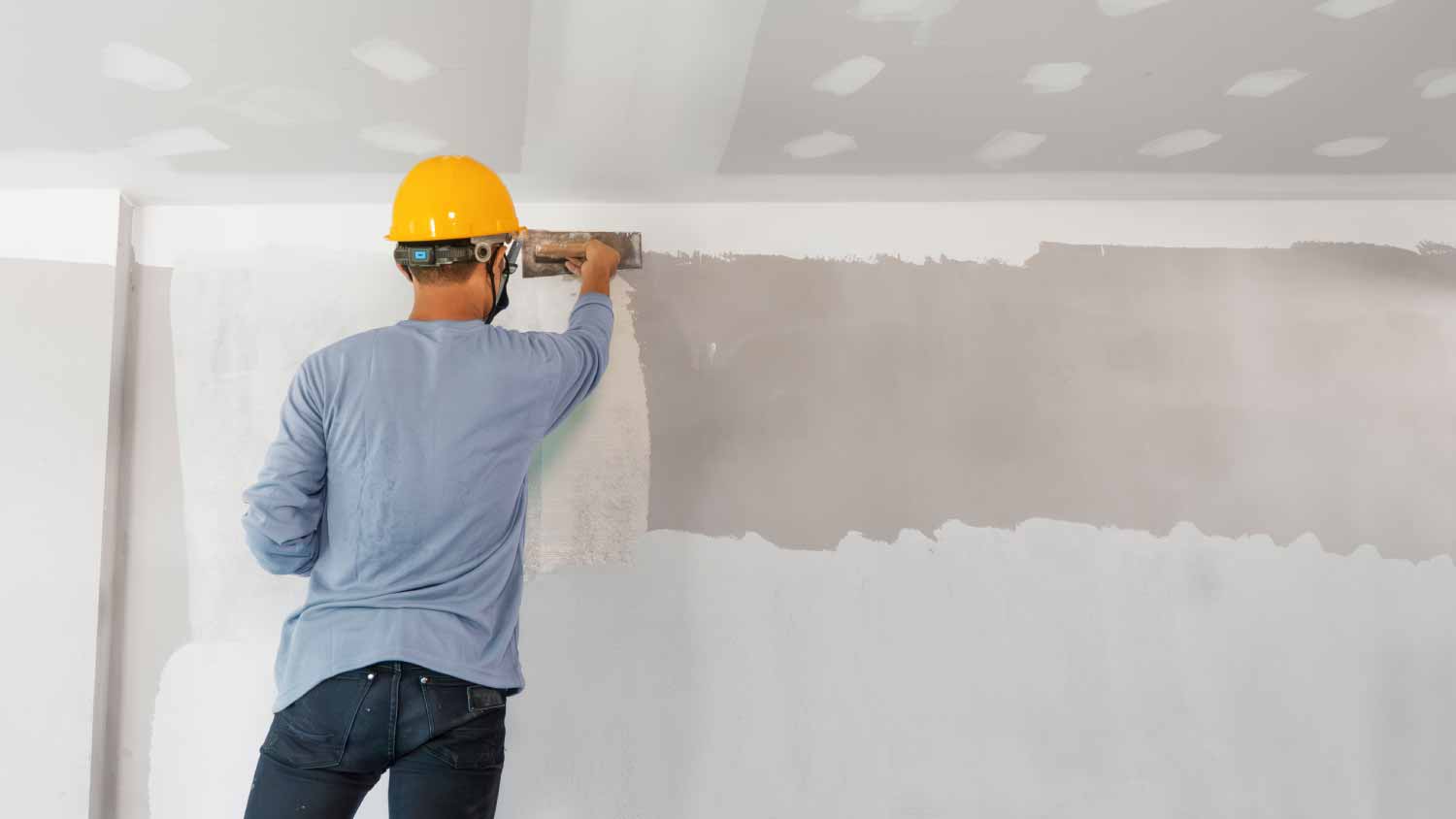
Wondering who does plaster work? Learn why you should hire a plasterer, what they do, and what plaster work costs, so you can hire confidently.
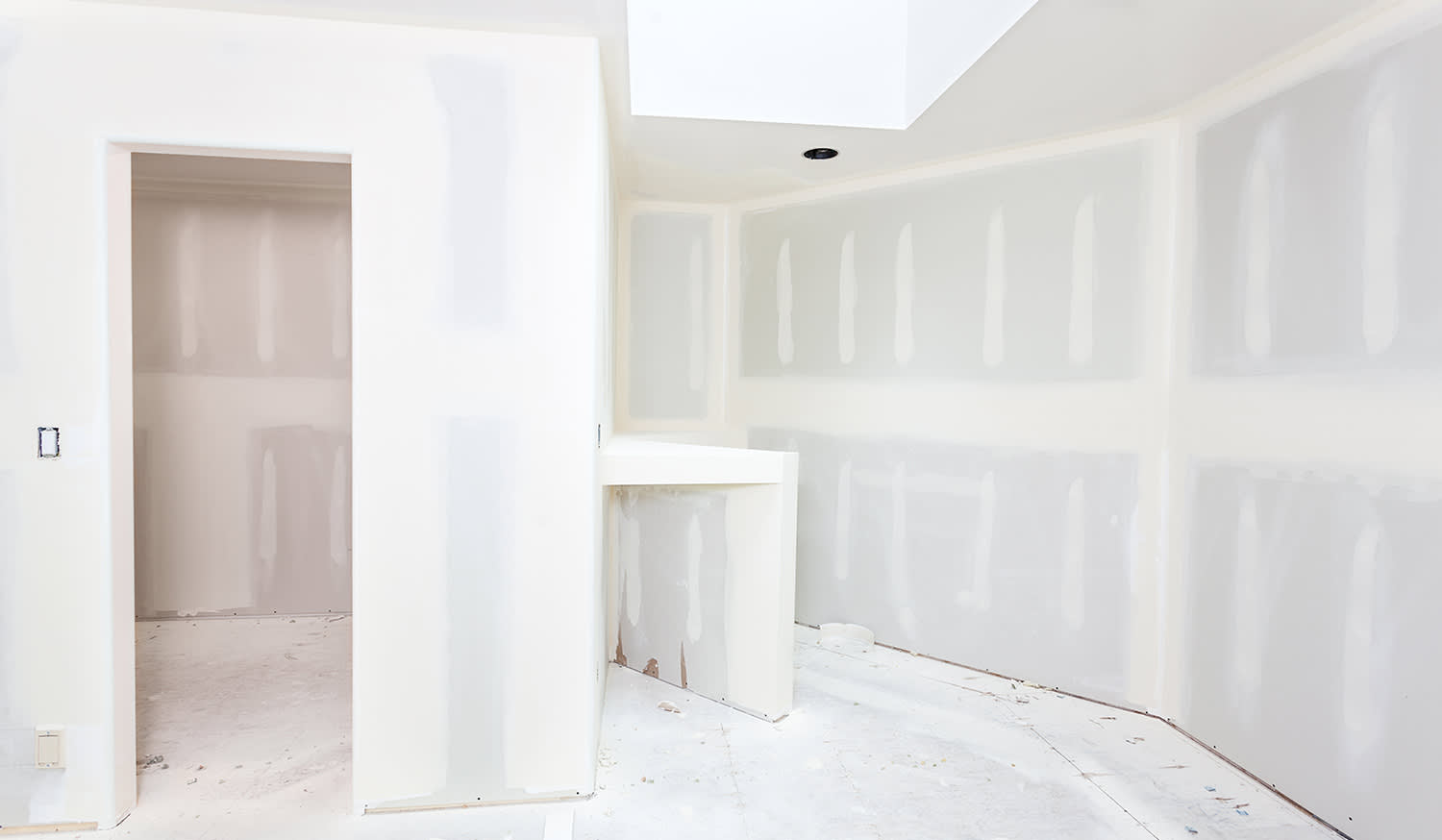
How much drywall do you really need for your project? Find out with this handy drywall calculator tool.
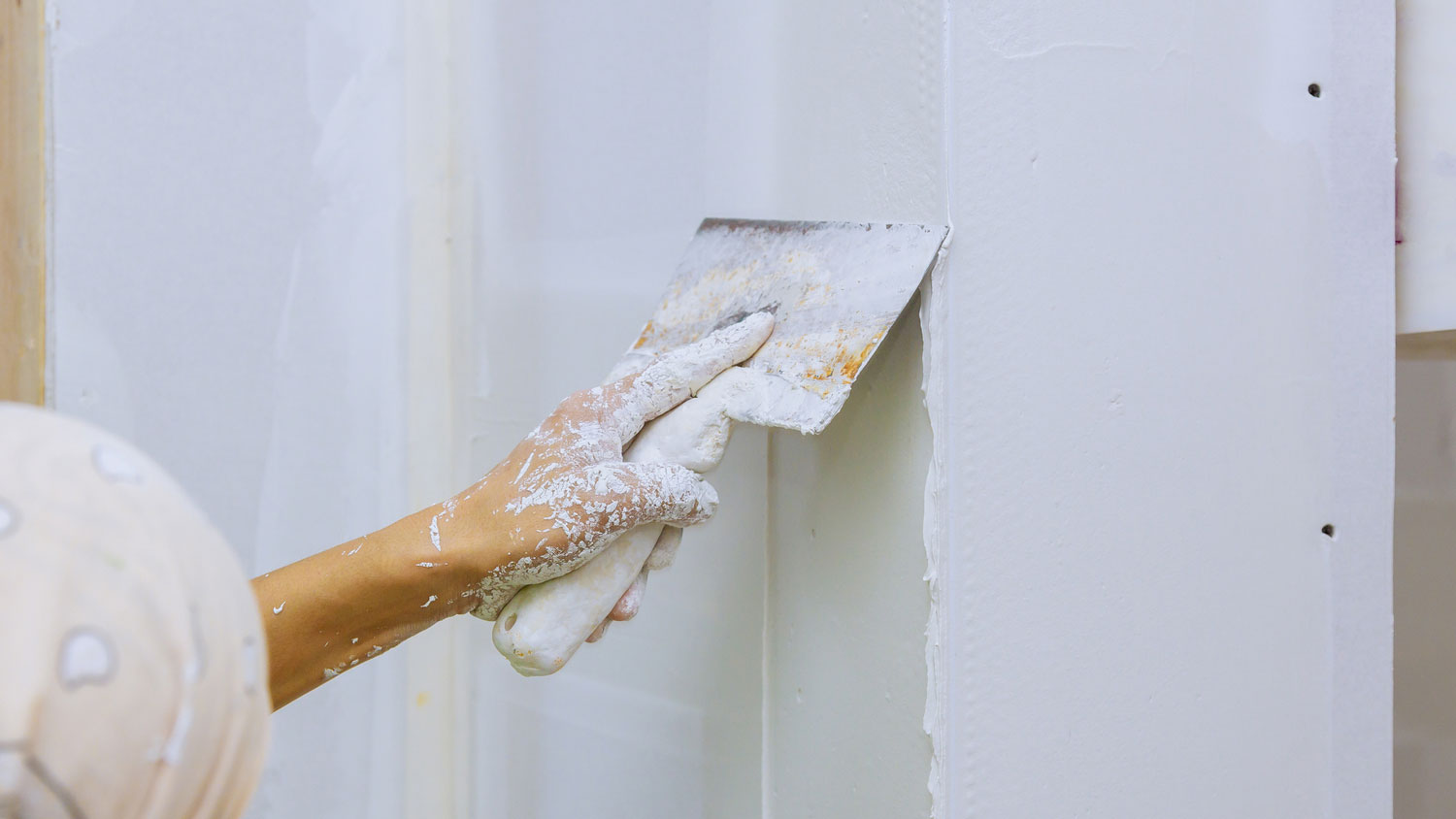
Wondering who patches drywall after plumbing or electrical work? Learn when to call a drywall contractor, what to ask, and what costs to expect.
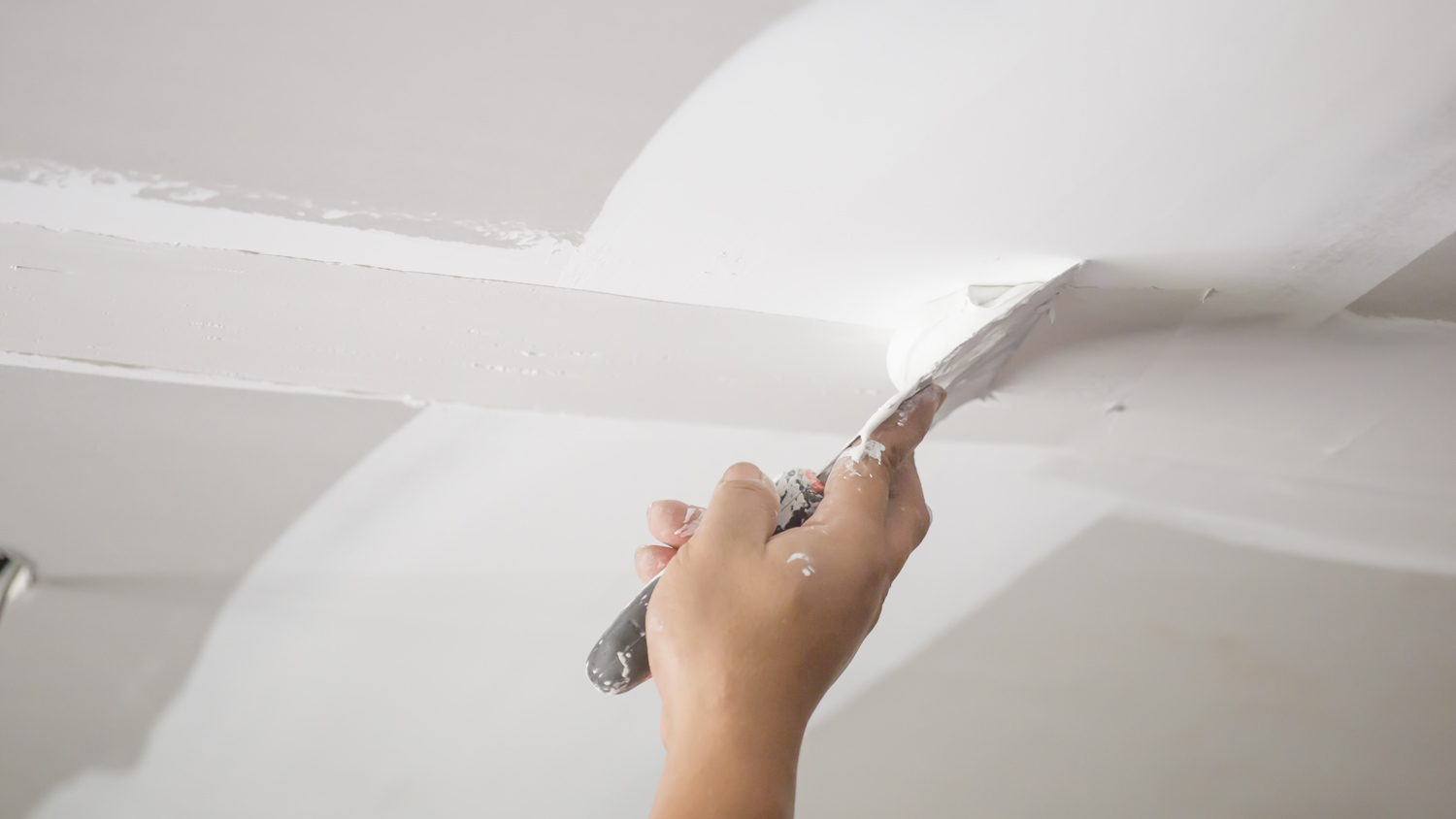
Who to call for drywall repair? Learn when to hire a drywall contractor or painter, what the repair involves, and average costs.
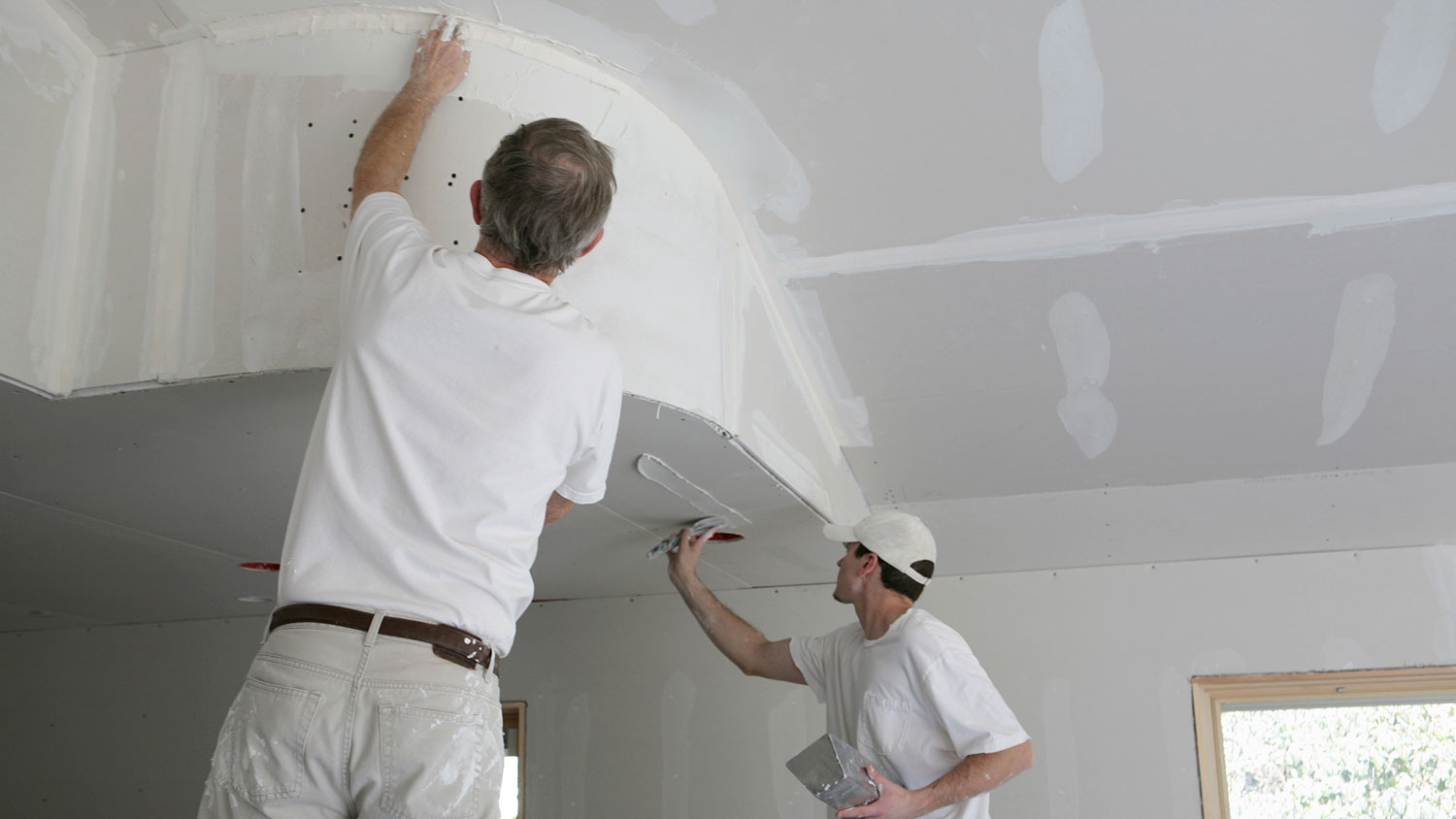
Wondering who installs drywall? Learn when to hire drywall contractors, what the process includes, and typical costs.